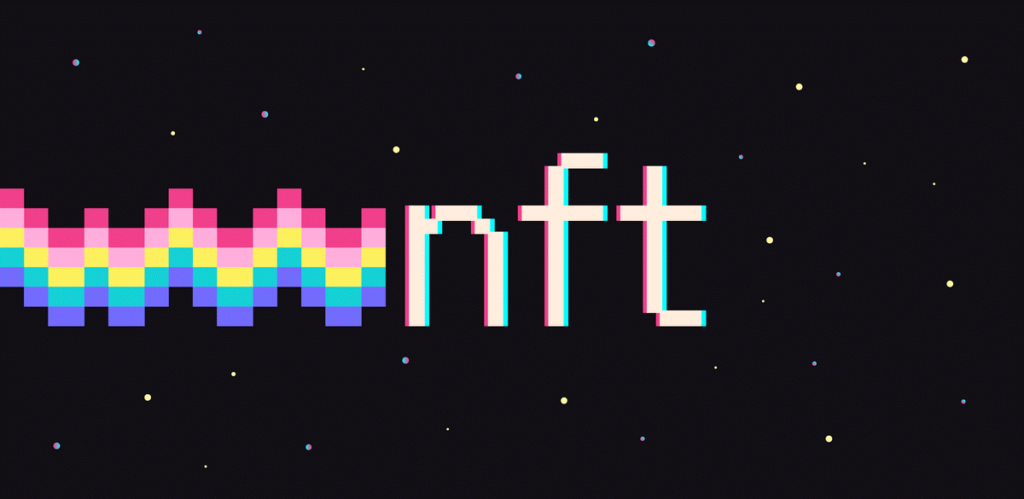In recent years, the art world has witnessed a transformative shift with the rise of non-fungible tokens (NFTs). These digital assets, powered by blockchain technology, are revolutionizing the concept of ownership and transforming the way we perceive and engage with art. In this article, we will delve into the emergence of NFTs and their profound impact on the art industry.
NFTs represent unique digital assets that can be bought, sold, and traded on blockchain platforms. Unlike cryptocurrencies such as Bitcoin or Ethereum, which are fungible and interchangeable, NFTs are one-of-a-kind and cannot be replicated. They enable artists to tokenize their creations and establish verifiable proof of ownership on the blockchain, giving rise to a new era of digital art ownership and monetization. One of the key advantages of NFTs is their ability to provide artists with greater control over their work and direct monetization opportunities. Through the sale of NFTs, artists can receive royalties on secondary market transactions, ensuring ongoing revenue streams for their creations. This eliminates the traditional reliance on intermediaries and opens up new possibilities for artists to directly connect with their audience and receive recognition for their talent.
Moreover, NFTs have sparked a new wave of creativity, enabling artists to experiment with digital mediums and explore the boundaries of what constitutes art. From digital paintings and illustrations to virtual reality experiences and augmented reality installations, NFTs have expanded the possibilities of artistic expression. Artists can now engage with global audiences, collaborate with other creatives, and push the boundaries of traditional art forms in the digital realm. For collectors, NFTs offer a unique opportunity to own rare and authentic digital assets. With ownership records securely stored on the blockchain, buyers can be confident in the provenance and authenticity of the artwork they acquire. This provides a new level of trust and transparency in the art market, mitigating the risk of fraud and ensuring that creators are appropriately credited and compensated for their work. While the NFT market has experienced significant growth and enthusiasm, it also faces challenges and criticisms. Environmental concerns related to the energy consumption of blockchain networks have raised questions about the sustainability of NFTs. Additionally, issues of copyright infringement and the potential for speculative bubbles in the market have sparked debates about the long-term viability and value of NFTs.
In conclusion, NFTs have emerged as a transformative force in the art industry, offering unique digital assets and revolutionizing the concept of ownership. They provide artists with new opportunities for monetization, empower collectors with verifiable ownership, and foster a new era of digital creativity. As the NFT market continues to evolve, it is important for artists, collectors, and platforms to navigate the opportunities and challenges presented by this digital art revolution. The future of art ownership and creativity may be forever changed by the transformative power of NFTs.
